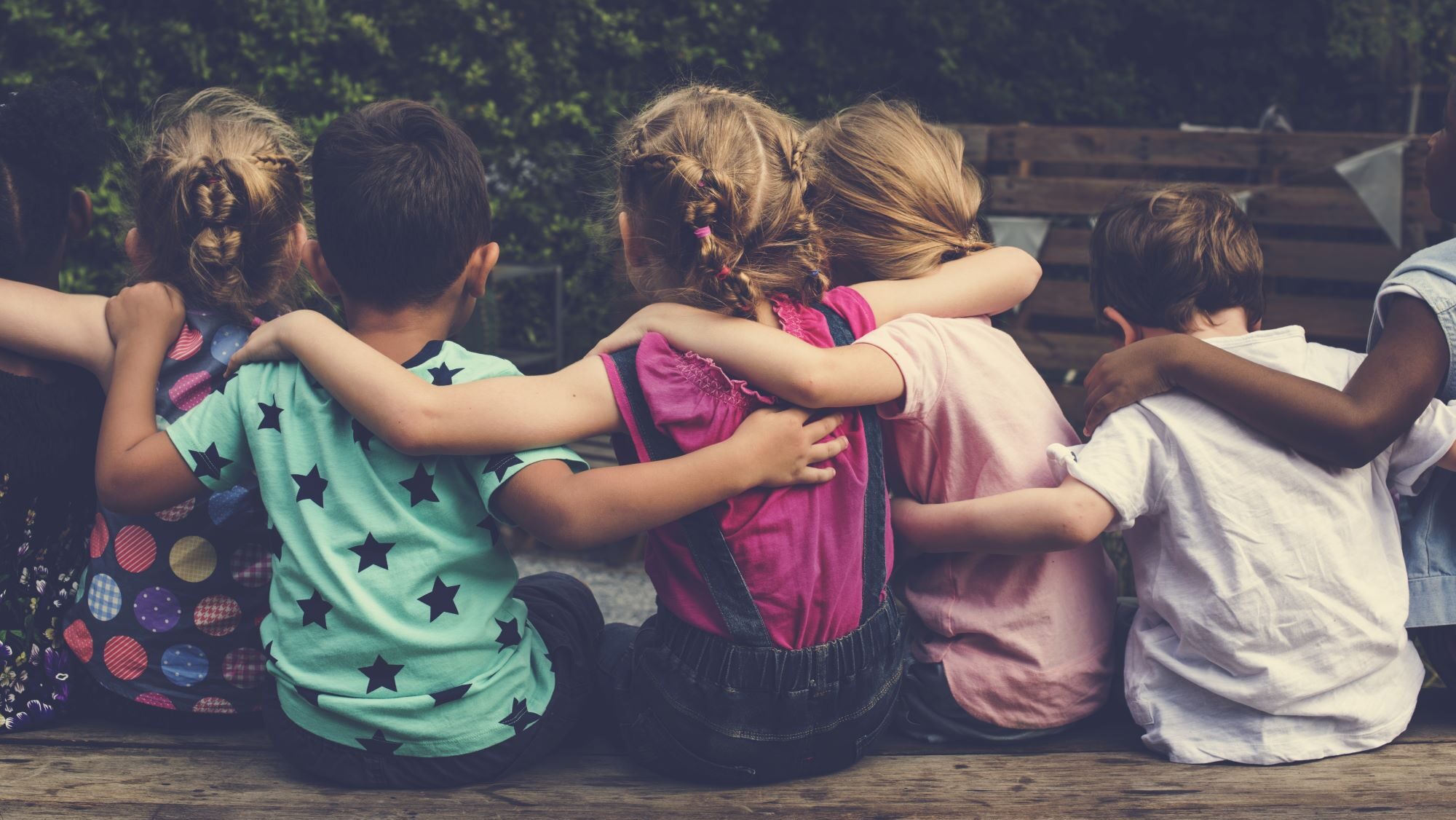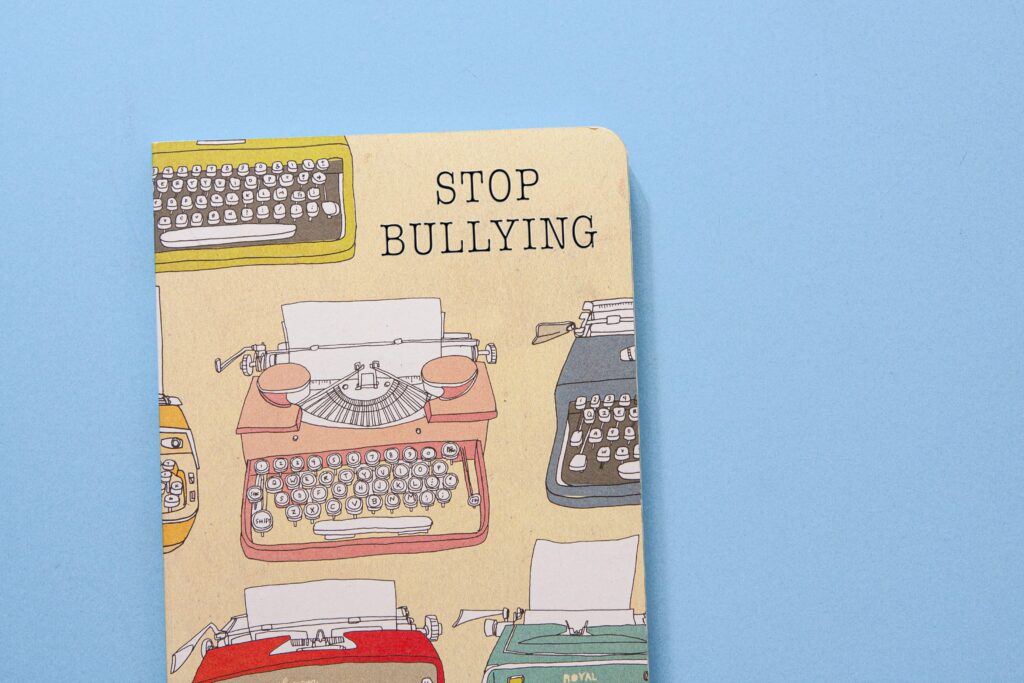Raising Upstanders: Your Guide To Protecting Kids From Bullying

The Department of Agricultural and Human Sciences (AHS) publishes a monthly blog written by students, alumni, and faculty sharing important topics and helpful resources related to the fields of agriculture, extension, and human science. In the December blog post, AHS graduate students Cristal Avalos & Brittany Garner created this blog to empower parents with practical advice to promote a safer, more supportive environment for children.
Imagine this: Your child comes home from school, and they rush to their room, barely saying a word. When you try to talk with them, they simply say, “I’m just tired.” But you know your child and sense something isn’t right. What if your child is experiencing bullying or witnessing someone else being bullied and feeling powerless to help?
Understanding Bullying In Today’s World
Bullying is a repeated pattern of aggressive behavior where someone uses power to control or harm another person. Bullying has always existed, but how it manifests has evolved. Today, bullying can happen face-to-face or behind a screen.
One research study showed that around 20% of students between the ages of 12 and 18 have experienced bullying in some form. In addition, 30% of middle and high school students are involved in bullying, 13% as bullies, 11% as victims, and 6% experiencing both roles.
Bullying can take different forms:
- Verbal Bullying: Name-calling, insults, or taunting.
- Physical Bullying: Hitting, kicking, or pushing.
- EmotionalBullying: Exclusion, spreading rumors, or publicly embarrassing someone.
- Cyberbullying: Harassment or intimidation through the use of technology (text messages, social media, etc.).

Why Anti-Bullying Awareness Matters For Every Parent
Bullying is not just a “rite of passage”; it’s a harmful experience that can deeply affect a child’s self-esteem, mental health, and academic performance. Children who are bullied often struggle with anxiety, depression, and a decline in confidence. These issues can lead to poor school attendance and difficulty focusing in class.
As parents, our goal is to raise happy, confident children. Without awareness and proactive steps, we risk leaving them vulnerable to bullying’s lasting effects. By understanding bullying and recognizing its signs, we can help our children thrive in a safe and supportive environment.
Signs Your Child Might Be Facing Bullying
Children often don’t come forward when they’re being bullied, either out of fear or embarrassment. As a parent, it is important to be aware of warning signs that your child might be experiencing bullying. Unexplained physical marks or injuries, such as bruises, scratches, or damaged belongings, could be signs of physical bullying. Changes in behavior, including sudden withdrawal, anxiety, mood swings, or reluctance to go to school, often signal emotional distress. Difficulty at school, such as trouble concentrating, grades dropping, or hesitation to participate in school activities, may also be linked to bullying. Additionally, children who avoid social situations, stop attending extracurricular activities, or isolate themselves at home might be experiencing bullying. Changes in eating or sleeping habits, such as sudden weight changes, loss of appetite, or trouble sleeping, can also indicate stress related to bullying. Recognizing these signs early can help parents provide their children with the necessary support and intervention.
How To Raise Upstanders
An upstander is someone who sees bullying and does something to stop it. Teaching your child to be an upstander can make them feel empowered and confident when facing tough situations. On the other hand, a bystander is someone who sees bullying but chooses not to step in to stop it. Encouraging your child to be upstanders rather than bystanders can create safer environments.
Here are some ways to help your child become an upstander:
Empathy: Help your child think about how others feel. When discussing bullying, ask them, “How do you think that person feels?”
Communication: Help your child develop assertive communication skills-“Leave them alone,” to address bullying behavior.
Role Plays: Practice speaking up by acting out situations where your child stands up for themselves or a friend.
Lead by Example: Model upstanding behaviors such as treating others with respect, and standing up for what’s right—parents can set a powerful example.
Reporting: Help your child understand the difference between “reporting” and “snitching”. Reporting helps keep people safe, while snitching is about getting someone in trouble, even if they’re not hurting someone.
Steps Parents Can Take To Address Bullying
If you suspect your child is involved in bullying—whether as a victim, bystander, or even as the bully—there are key steps you can take to intervene and provide support:
Open Communication: Encourage conversations about school and their experiences. Ask open-ended questions like, “How was your day?” or “Has anything been bothering you at school?” This helps build trust and creates a space where your child feels comfortable sharing their experiences.
Technology Boundaries: To prevent cyberbullying, set rules around digital device use. Discuss responsible online behavior and encourage your child to tell you if they receive hurtful messages or see inappropriate content.
Work with the School: If your child is involved in bullying, partner with school staff to create a plan of action.
Empowerment: Equip your child with strategies to handle bullying on their own, such as using assertive body language and walking away when confronted by bullies. Many children face bullying, but with the right tools and support, they can confidently handle difficult situations. By teaching empathy, assertive communication, and leading by example, you’re empowering your child to become an upstander.
Through open communication, setting boundaries for technology, and working with schools, parents can create a safe environment where children thrive. Remember, raising an upstander not only equips children to confront bullying but also instills values of empathy, respect, and responsibility. Together, we can foster a culture where every child feels safe and valued.
For additional tools and support, explore these resources:
PACER’s National Bullying Prevention Center
StopBullying.gov
Together Against Bullying
References
Becoming an Upstander | Together Against Bullying. (n.d.). https://www.togetheragainstbullying.org/tab/changing-behavior/becoming-an-upstander
National Center for Education Statistics. (2021). Bullying. Ed.gov; National Center for Education Statistics. https://nces.ed.gov/fastfacts/display.asp?id=719
PACER’s National Bullying Prevention Center. (2018). Pacer.org. https://www.pacer.org/bullying/
Shetgiri, R., Lin, H., Avila, R. M., & Flores, G. (2012). Parental Characteristics Associated With Bullying Perpetration in US Children Aged 10 to 17 Years. American Journal of Public Health, 102(12), 2280–2286. https://doi.org/10.2105/ajph.2012.300725
Warning Signs for Bullying. (2019, September 24). StopBullying.gov; StopBullying.gov. https://www.stopbullying.gov/bullying/warning-signs
Ye, Z., Wu, D., He, X., Ma, Q., Peng, J., Mao, G., Feng, L., & Tong, Y. (2023). Meta-analysis of the relationship between bullying and depressive symptoms in children and adolescents. BMC Psychiatry, 23(1). https://doi.org/10.1186/s12888-023-04681-4
- Categories: